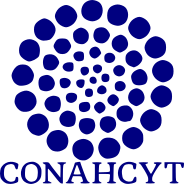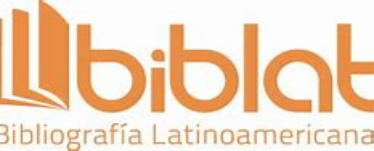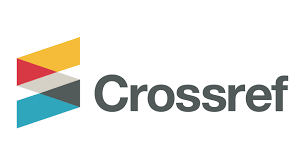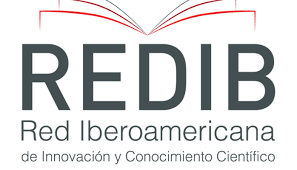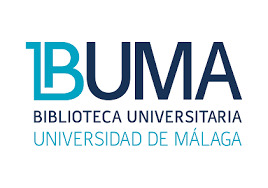Evaluation of two substrate disinfection methods for the production of Pleurotus ostreatus
DOI:
https://doi.org/10.18387/polibotanica.60.21Keywords:
Desinfección, Hongos comestibles, Micelio, Producción, Residuos agrícolas.Abstract
Mexico is in 13th place worldwide in mushroom production, being the largest producer in Latin America, generating around 80.8% of the region's total production, followed by Brazil with 7.7% and Colombia with 5.2%. The objective was to evaluate different forms of sterilization of corn (M) and sorghum (S) substrates for the production of Pleurotus ostreatus. Four forms of sterilization of the substrates were carried out; a) water with lime (400 g) and gypsum (400 g) plus thermal application, b) water with lime (400 g) and gypsum (400 g) without thermal application, c) water with chlorine (400 ml) plus thermal application and d) water with chlorine (400 ml) without thermal application, both for corn stover and sorghum stover. In total there were eight treatments, each with five repetitions. Thermal application was a very important factor in sterilization, because treatments with this type of sterilization presented a lower percentage of contamination, unlike those treatments without thermal application, which were 100% contaminated; except for T2M with 43%. The largest number of primordia was obtained in T3M and T1M with 65 and 48 primordia, respectively. The largest number of harvested carpophores was obtained in T7S and T3M with 87.33 g and 85.25 g on average, respectively in T5S the lowest number was found with 13.37 carpophores on average. The length of the carpophore stipe was greater in T7S with 3.94 cm. The thickness of the carpophore stipe was greater in T7S with 1 cm. It is recommended that for the production of edible mushrooms (Pleurotus ostreatus) in a rustic and small-scale manner, agricultural waste available in the region be used, in addition to sterilizing the substrate through heat treatment with chlorine or with lime and gypsum.
References
Chen, F., Grimm, A., Eilertsen, L., Martín, C., Arshadi, M., & Xiong, S. (2021). Integrated production of edible mushroom (Auricularia auricular-judae), fermentable sugar and solid biofuel. Renewable Energy, 170, 172–180. https://doi.org/10.1016/j.renene.2021.01.124
Cruz, D., López De León, E., Pascual, L. F., & Battaglia, M. (2010). Guía técnica de producción de hongos comestibles de la especie Pleurotus ostreatus. In Journal of Agriculture and Environment for International Development (Vol. 104, Issue 4).
Cruz-Moreno, B. A. (2019). Cultivo de hongos comestibles Pleurotus djamor y Pleurotus ostreatus utilizando residuos de Agave tequilana. Universidad Autónoma de Querétaro.
Dedousi, M., Melanouri, E. M., Karayannis, D., Kaminarides, E. I., & Diamantopoulou, P. (2024). Utilization of spent substrates and waste products of mushroom cultivation to produce new crops of Pleurotus ostreatus, Pleurotus eryngii and Agaricus bisporus. Carbon Resources Conversion, 7(2). https://doi.org/10.1016/j.crcon.2023.08.001
Díaz-Muñoz, K., Guajardo, M. C., Alberto, C., Torres, L., Luis, &, Gil Ramírez, A., Betzabet, C., Vásquez, B., & Cabos Sánchez, J. (2019). Production of Pleurotus ostreatus (Pleurotaceae) ICFC 153/99 grown on different waste lignocellulosic. Arnaldoa, 26(3), 1177–1184. https://doi.org/10.22497/arnaldoa.263.26322
Fernández, N., Gaggino, R., Positieri, M. J., & Kreiker, J. (2020). Materiales biopoliméricos desarrollados a partir de micelio y residuos lignocelulósicos. Estado de la técnica actual y perspectivas de aplicación en el campo del hábitat. AJEA, 5. https://doi.org/10.33414/ajea.5.774.2020
Fernández-Uribe, Y. del S. (2014). Universidad Nacional Abierta y a Distancia. Escuela de Ciencias Agrícolas, Pecuarias y del Medio Ambiente Medellín 2014.
Filippi, M. V., Cayolo, F., Maldonado, J. F., Martínez, D. A., & Belén Buglione, M. (2019). Control de contaminantes durante el proceso de producción de hongos comestibles.
Flores-Montes de Oca, A. (2012). Índice manual de cultivo de hongo seta Pleurotus ostreatus de forma artesanal. Facultad de Filosofía y Letras, UNAM.
Fufa, B. K., Tadesse, B. A., & Tulu, M. M. (2021). Cultivation of Pleurotus ostreatus on agricultural wastes and their combination. International Journal of Agronomy, 2021. https://doi.org/10.1155/2021/1465597
Gaitán-Hernández, R., Salmones, R., Pérez-Merlo, R., & Mata, G. (2006). Manual práctico del cultivo de setas: Aislamiento, siembra y producción.
Garzón-Gómez, J. P., & Cuervo-Andrade, J. L. (2008). Producción de Pleurotus ostreatus sobre residuos sólidos lignocelulósicos de diferente procedencia. In JuliO-DicieMbRe (Vol. 6, Issue 10).
Grassi, E., & Restelli, M. F. (2019). Guía para la producción de hongos comestibles. https://www.researchgate.net/publication/338655295
Guzmán-Mejía, D. M., Herrera-Ardón, J. A., Fuentes-Paz, E. S., & Hernández-Archila, A. V. C. (2019). Evaluación del crecimiento y producción del hongo ostra Pleurotus ostreatus bajo condiciones artesanales utilizando restos de cosecha en el municipio de Camotán, Chiquimula, Guatemala. 24–40. https://www.researchgate.net/publication/335833822
López-Rodríguez, C., Hernández-Corredor, R., Suárez-Franco, C., & Borrero, M. (2008). Evaluación del crecimiento y producción de Pleurotus ostreatus sobre diferentes residuos agroindustriales del departamento de Cundinamarca. In Universitas Scientiarum (Vol. 13). www.javeriana.edu.co/universitas_scientiarum
Melanouri, E. M., Dedousi, M., & Diamantopoulou, P. (2022). Cultivating Pleurotus ostreatus and Pleurotus eryngii mushroom strains on agro-industrial residues in solid-state fermentation. Part II: Effect on productivity and quality of carposomes. Carbon Resources Conversion, 5(1), 52–60. https://doi.org/10.1016/j.crcon.2021.12.005
Michel-Aceves, A. C., Ariza-Flores, R., Otero-Sánchez, A., & Barrios-Ayala, A. (2015). Chemical and biological products as supplements that increase the production of mushroom oyster Pleurotus ostreatus (Vol. 40). www.prodiset.
Morán-Arellanos, T., Bautista-ortega, J., Sobal-Cruz, M., Rosales-Martínez, V., Candelaria-Martínez, B., & Huicab-Pech, Z. G. (2020). Potencial biotecnológico de residuos vegetales para producir Pleurotus ostreatus en zonas rurales de Campeche. Revista Mexicana de Ciencias Agrícolas, 11(3), 685–693.
Piña-Guzmán, A. B., Nieto-Monteros, D. A., & Robles-Martínez, F. (2016). Utilization of agricultural and agroindustrial residues in the cultivation and production of edible mushrooms (Pleurotus spp.). Revista Internacional de Contaminación Ambiental, 32 (Especial Residuos Sólidos), 141–151. https://doi.org/10.20937/RICA.2016.32.05.10
Pineda-Insuati, J., Duarte-trujillo, A., & Ponce-Vásquez, C. (2016). Champiñón ostra: guía de producción artesanal / Pleurotus ostreatus: guide for homemade production. https://www.researchgate.net/publication/307858229
Roblero-Mejía, D. O., Aguilar-Marcelino, L., & Sánchez, J. E. (2021). Efecto de la variación del sustrato en la productividad de dos cepas de Pleurotus spp. Scientia Fungorum, 52, e1377. https://doi.org/10.33885/sf.2021.52.1377
Romero, O., Huerta, M., Damián, M. A., Macias, A., Tapia, A. M., Parraguirre, J. F. C., & Juárez, J. (2010). Evaluación de la capacidad productiva de Pleurotus ostreatus utilizando hoja de plátano deshidratada (Musa paradisiaca L.), en relación con otros sustratos agrícolas. Agronomía Costarricense, 34(1), 53–63. www.cia.ucr.ac.cr
Romero-Arenas, O., Ángeles Valencia-De Ita, M., Rivera-Tapia, J. A., Tello-Salgado, I., Villarreal Espino-Barros, O. A., & Ángel Damián-Huato, M. (2018). Capacidad productiva de Pleurotus ostreatus utilizando alfalfa deshidratada como suplemento en diferentes sustratos agrícolas. Agricultura, Sociedad y Desarrollo (Vol. 15).
Subedi, S., Kunwar, N., Ray-Pandey, K., & Raj-Jhosi, Y. (2023). Performance of oyster mushroom (Pleurotus ostreatus) on paddy straw, water hyacinth and their combinations. Heliyon. https://doi.org/https://doi.org/10.1016/j.heliyon.2023.e19051
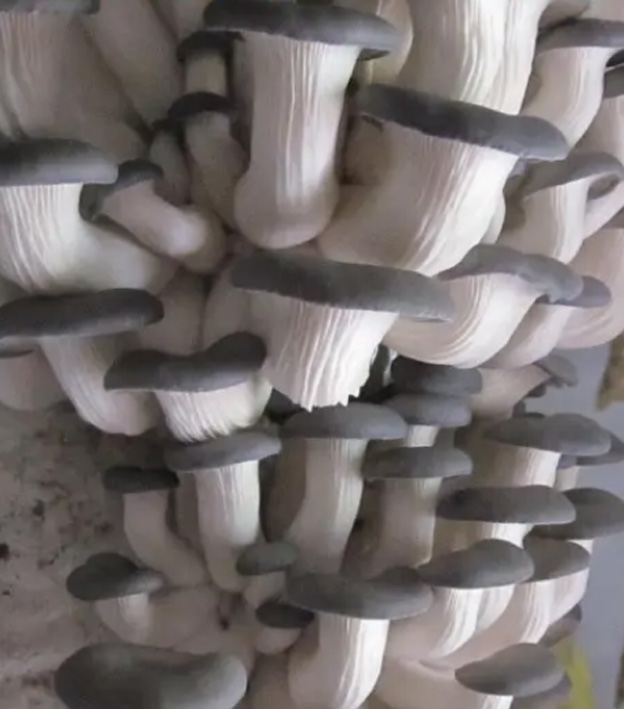
Downloads
Published
License
Copyright (c) 2025 POLIBOTANICA

This work is licensed under a Creative Commons Attribution-NonCommercial-ShareAlike 4.0 International License.

Polibotánica by Departamento de Botánica de la Escuela Nacional de Ciencias Biológicas del Instituto Politécnico Nacional se distribuye bajo una Licencia Creative Commons Atribución-NoComercial-CompartirIgual 4.0 Internacional.


